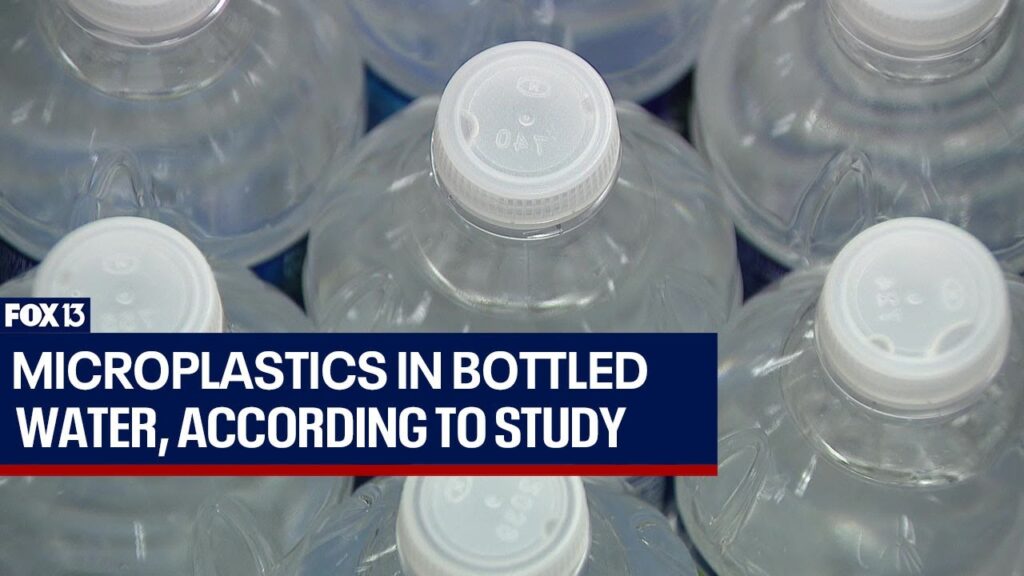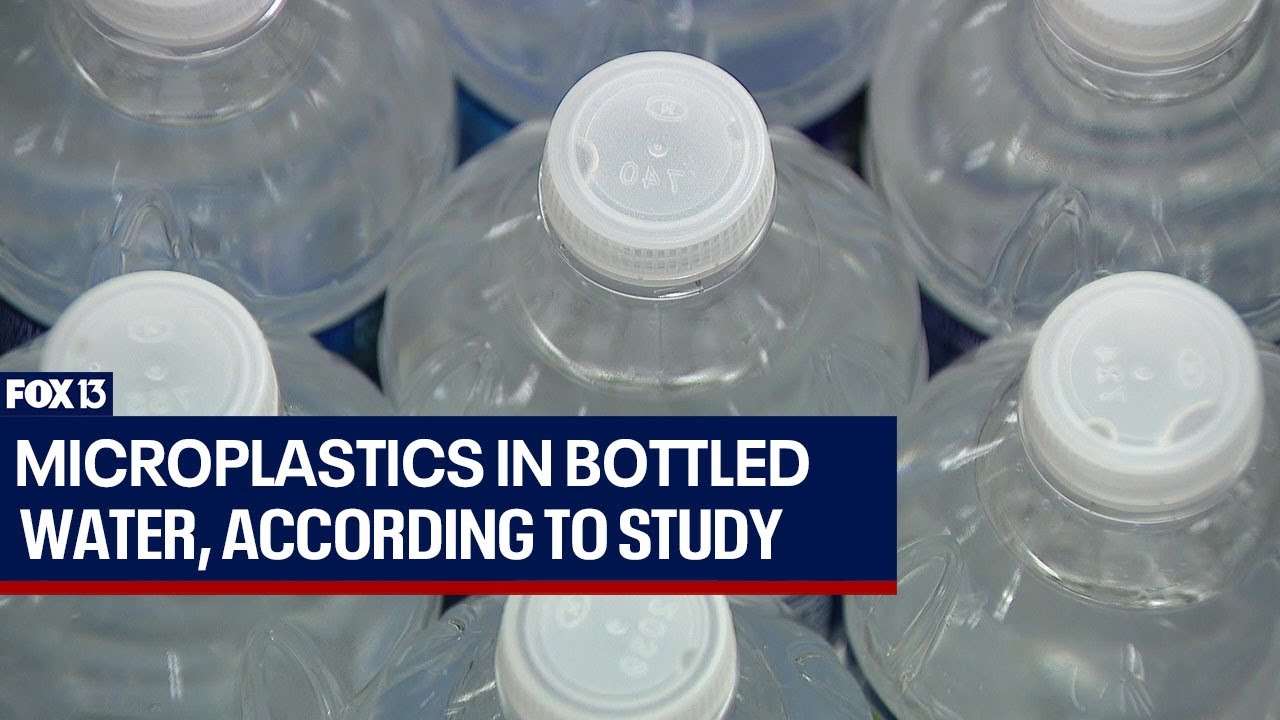
Do Coffee Filters Have Microplastics? Unpacking the Potential Risks and Realities
The simple act of brewing a morning coffee is a ritual for millions. But what if the very tools we use to create that perfect cup also introduce something less desirable into our daily routine? The question of whether do coffee filters have microplastics has emerged as a growing concern, prompting consumers and researchers alike to investigate the potential risks and implications of this seemingly innocuous product.
Microplastics, tiny plastic particles less than 5mm in size, are a pervasive environmental pollutant. Found in oceans, soil, and even the air we breathe, their presence raises significant health concerns. From the packaging of our food to the clothes we wear, plastic has become an unavoidable element of modern life. But as we become increasingly aware of the harmful effects of plastic pollution, the spotlight is now turning to everyday items, including the humble coffee filter. The question, then, of do coffee filters have microplastics is not just a matter of curiosity; it’s a question of public health and environmental responsibility.
The Anatomy of a Coffee Filter
To understand the potential for microplastic contamination, it’s essential to examine the composition of a coffee filter. Traditionally, coffee filters are made from paper, a material derived from wood pulp. However, the manufacturing process often involves the use of additives, including resins and binders, to improve the filter’s strength, wet strength, and porosity. These additives can potentially introduce plastic components into the filter.
Furthermore, some coffee filters are treated with chemicals to enhance their performance. These treatments may include wet-strength agents, which are designed to prevent the filter from tearing when wet. These agents can sometimes contain plastic polymers. Another common treatment involves the use of bleaching agents, which can also introduce chemicals that could potentially break down into microplastics over time.
The construction of the filter itself is also a factor. The paper fibers are interwoven to create a porous structure that traps coffee grounds while allowing the brewed coffee to pass through. This structure can create opportunities for plastic particles to become embedded within the filter material.
The Microplastic Threat: What Are the Risks?
The presence of microplastics in our environment and food chain has raised significant health concerns. While research is still ongoing, the potential risks associated with microplastic exposure are becoming increasingly clear. These risks can be summarized as follows:
- Ingestion and Inhalation: Microplastics can be ingested through food and water or inhaled through the air. Once in the body, they can accumulate in various organs and tissues.
- Chemical Leaching: Microplastics can leach harmful chemicals into the surrounding environment. These chemicals can disrupt the endocrine system and have other adverse health effects.
- Bioaccumulation: Microplastics can accumulate in the bodies of organisms, including humans, through the food chain. This bioaccumulation can lead to increased exposure and potential health risks.
- Inflammation and Oxidative Stress: Exposure to microplastics can trigger inflammation and oxidative stress, which are linked to various diseases.
The potential for microplastics to leach from coffee filters and into your coffee is a valid concern. The brewing process involves hot water, which can potentially accelerate the breakdown of plastic components. If coffee filters contain plastic additives, these particles could then end up in your morning beverage.
Research and Evidence: What the Science Says
The scientific community is actively investigating the presence of microplastics in various products, including coffee filters. While research is still in its early stages, some studies have provided preliminary insights into the topic. However, the evidence is not always conclusive, and more research is needed.
Some studies have found traces of microplastics in coffee filters. These studies often analyze the filter material itself, searching for plastic polymers or chemical markers associated with plastic additives. The results vary depending on the type of filter, the manufacturing process, and the testing methodology used. Some studies have detected microplastics in certain types of coffee filters, while others have found no detectable levels. The inconsistencies in findings highlight the need for more standardized testing and research.
It is important to note that even if microplastics are present in coffee filters, the levels may be low. However, the potential for cumulative exposure from multiple sources, including coffee consumption, raises concerns. The long-term health effects of low-level microplastic exposure are still largely unknown, making it challenging to assess the full risk.
Types of Coffee Filters and Potential Concerns
Different types of coffee filters may have varying levels of plastic content and potential for microplastic release. Here’s a look at some common types:
- Paper Filters: As mentioned earlier, paper filters often contain additives and treatments that may include plastic components. The potential for microplastic release varies depending on the specific manufacturing process and materials used.
- Reusable Filters: Reusable filters, such as those made from stainless steel or cloth, are generally considered to pose a lower risk of microplastic contamination. However, some reusable filters may contain plastic components in their construction or require cleaning with plastic-based products.
- Biodegradable Filters: Biodegradable filters are designed to break down naturally, which is a benefit for the environment. However, the biodegradability of these filters does not necessarily mean they are free of plastic. Some biodegradable filters may still contain plastic additives or coatings.
Understanding the type of filter you are using can help you to assess the potential for microplastic exposure. If you’re concerned about microplastics, consider choosing filters that are specifically labeled as plastic-free or made from materials that are known to be less likely to contain plastic components.
Minimizing Your Exposure: Practical Tips
While the research on do coffee filters have microplastics is ongoing, there are steps you can take to minimize your potential exposure to microplastics from this source. Here are some practical tips:
- Choose Plastic-Free Filters: Look for coffee filters that are specifically labeled as plastic-free or made from materials known to be less likely to contain plastic components.
- Opt for Reusable Filters: Consider using reusable filters made from stainless steel or cloth. These filters can help you avoid the potential for plastic contamination.
- Use High-Quality Filters: Choose filters from reputable brands that prioritize quality and transparency in their manufacturing processes.
- Rinse Filters Before Brewing: Rinsing paper filters with hot water before brewing can help remove any loose fibers or chemicals that may be present.
- Brew at Lower Temperatures: Brewing coffee at lower temperatures may reduce the potential for plastic breakdown and leaching.
By taking these simple steps, you can reduce your exposure to microplastics and make your morning coffee routine a little bit safer.
The Bigger Picture: Addressing the Microplastic Problem
The question of do coffee filters have microplastics highlights a broader issue: the pervasiveness of plastic pollution and its potential impact on human health and the environment. Addressing the microplastic problem requires a multi-faceted approach, including:
- Reducing Plastic Production: Limiting the production of new plastics is essential to reduce the amount of plastic waste entering the environment.
- Improving Waste Management: Enhancing recycling and waste management infrastructure can help prevent plastic from ending up in landfills and oceans.
- Developing Biodegradable Alternatives: Investing in research and development of biodegradable materials can provide sustainable alternatives to traditional plastics.
- Promoting Consumer Awareness: Educating consumers about the risks of microplastics and empowering them to make informed choices can drive demand for plastic-free products.
- Supporting Policy and Regulation: Advocating for policies and regulations that reduce plastic pollution and protect public health is crucial.
The issue of coffee filters and microplastics underscores the need for greater transparency and accountability in product manufacturing. Consumers deserve to have access to information about the materials used in the products they purchase and the potential risks associated with those materials. Companies should be encouraged to prioritize sustainability and reduce their reliance on plastic additives and components.
The Bottom Line: Making Informed Choices
The question of do coffee filters have microplastics doesn’t have a simple yes or no answer. The presence of microplastics in coffee filters depends on various factors, including the type of filter, the manufacturing process, and the testing methodology used. While some studies have detected microplastics in coffee filters, others have found no detectable levels. The research is ongoing, and more studies are needed.
In the meantime, consumers can take steps to minimize their potential exposure to microplastics from this source. Choosing plastic-free filters, opting for reusable filters, and rinsing filters before brewing are all practical measures that can help. It is also important to stay informed about the latest research and developments in this area.
Ultimately, the choice of whether or not to use a particular type of coffee filter is a personal one. However, by being aware of the potential risks and making informed choices, you can enjoy your morning coffee with greater peace of mind.
The question of do coffee filters have microplastics is a complex one, but it serves as a timely reminder of the importance of understanding the materials we interact with daily. As we learn more about the presence of microplastics in coffee filters and their potential impact on our health, we can make informed decisions that support both our well-being and the health of the planet. The question of do coffee filters have microplastics is not just a scientific inquiry; it’s a call to action for consumers and manufacturers alike.
The prevalence of microplastics in our environment is a growing concern, and the potential for their presence in coffee filters warrants attention. While research is still evolving, the steps we can take to mitigate our exposure are clear. Being mindful of our choices and supporting sustainable practices is key. By staying informed and making conscious decisions, we can all contribute to a healthier future, one cup of coffee at a time. The question of do coffee filters have microplastics is a crucial one, and the answer lies in awareness, action, and a commitment to a cleaner, safer world. The potential for microplastics in coffee filters highlights a bigger issue: the widespread use of plastic and its impact on human health. The question of do coffee filters have microplastics is more than just a scientific question; it is a call to action, urging us to examine our daily habits and the products we use, and to make choices that prioritize both our health and the health of the environment.
[See also: Related Article Titles]


